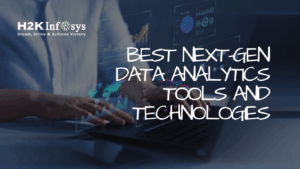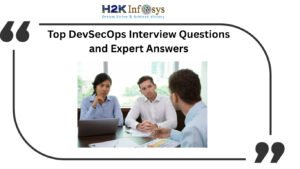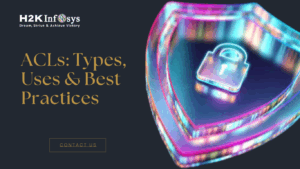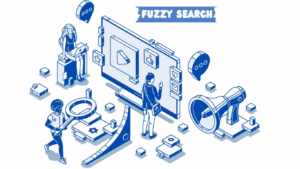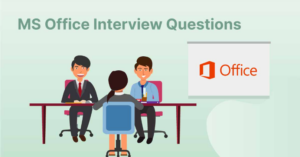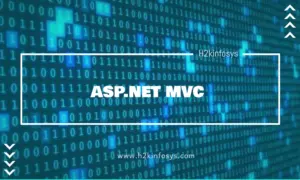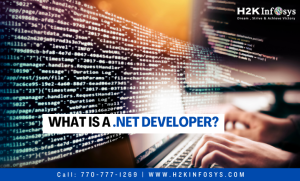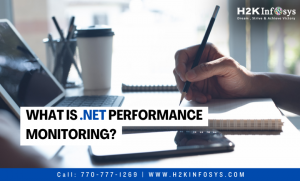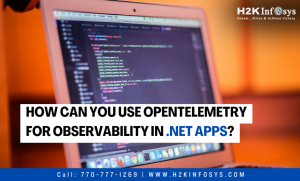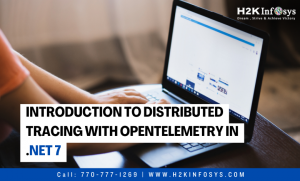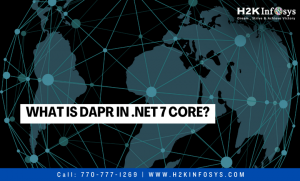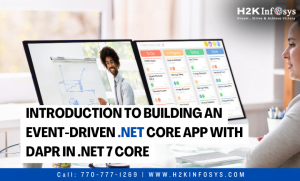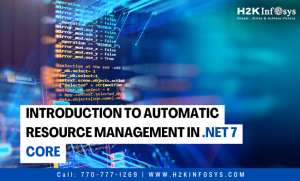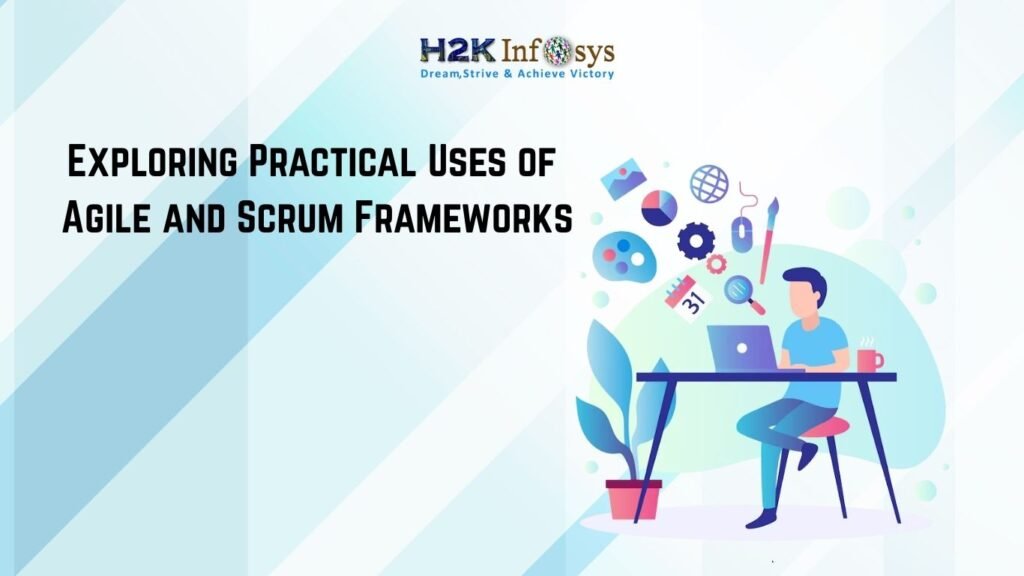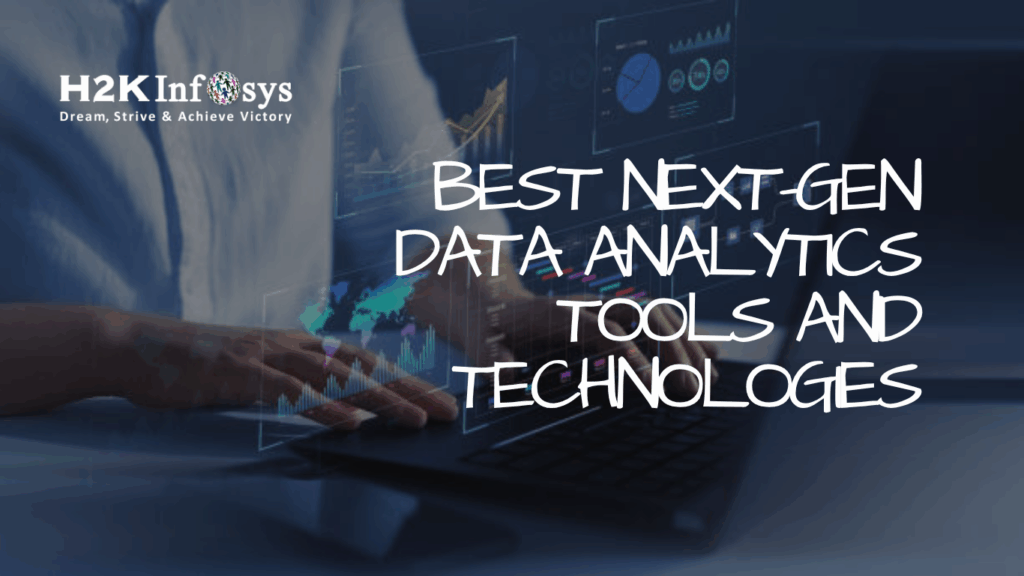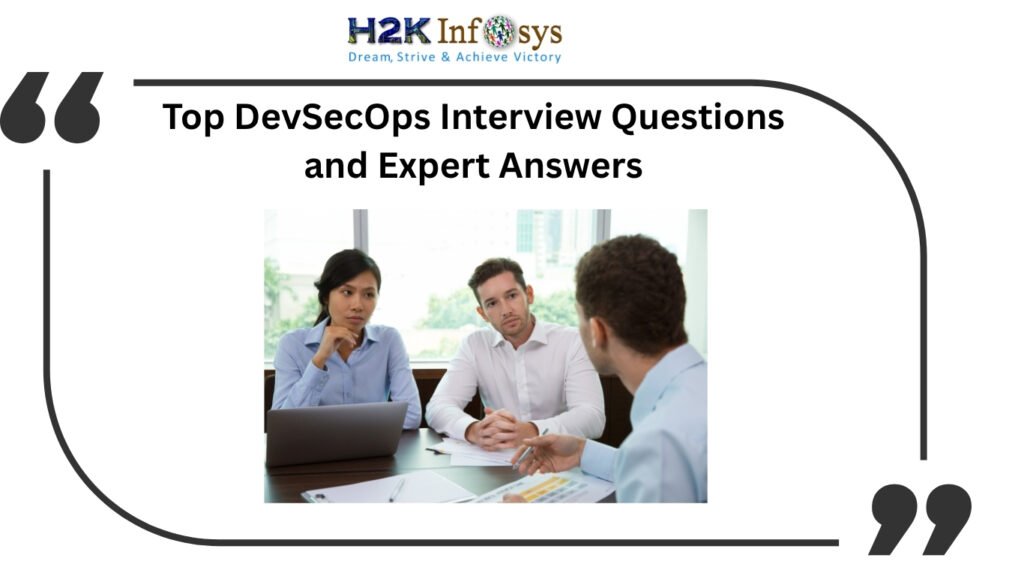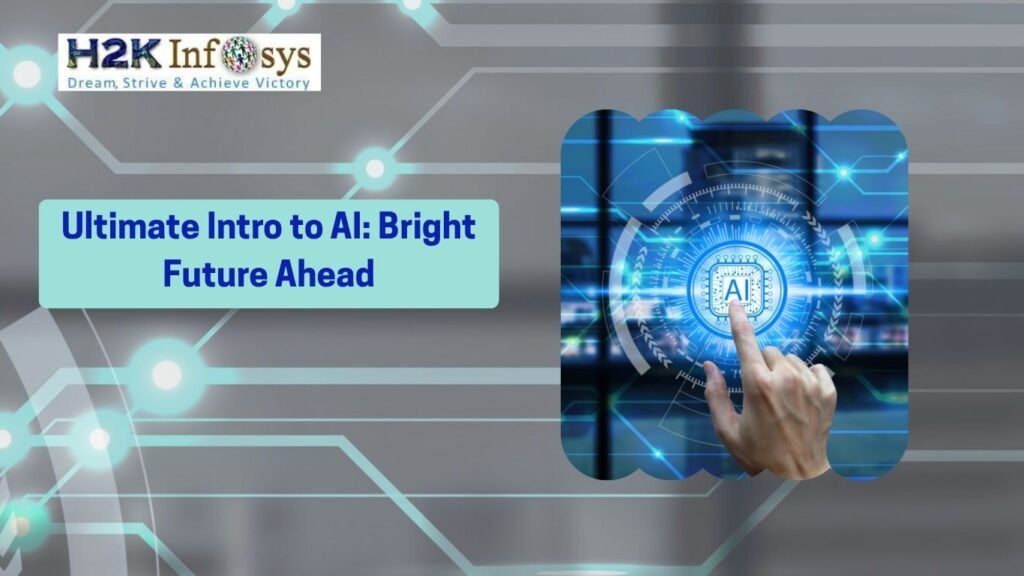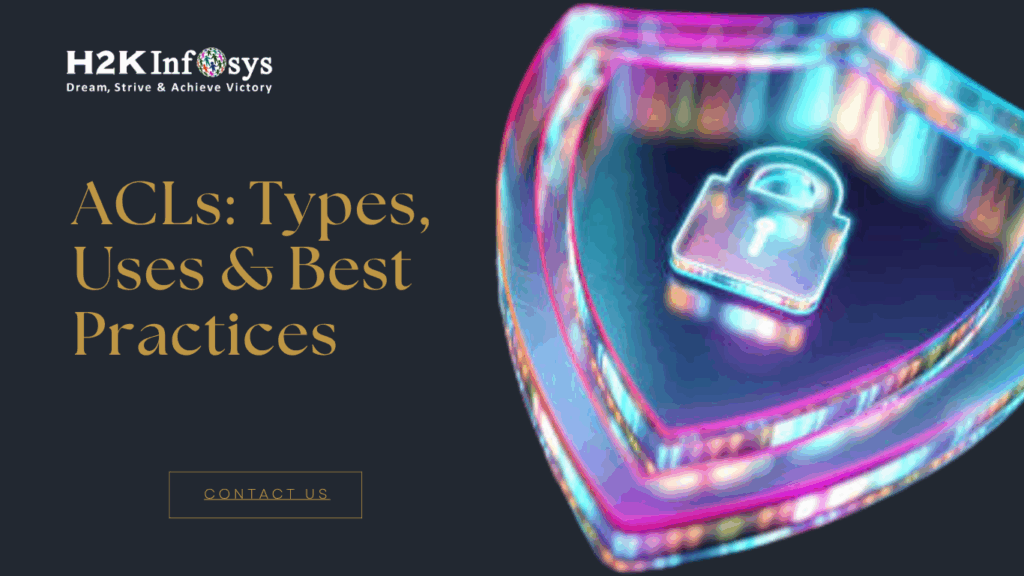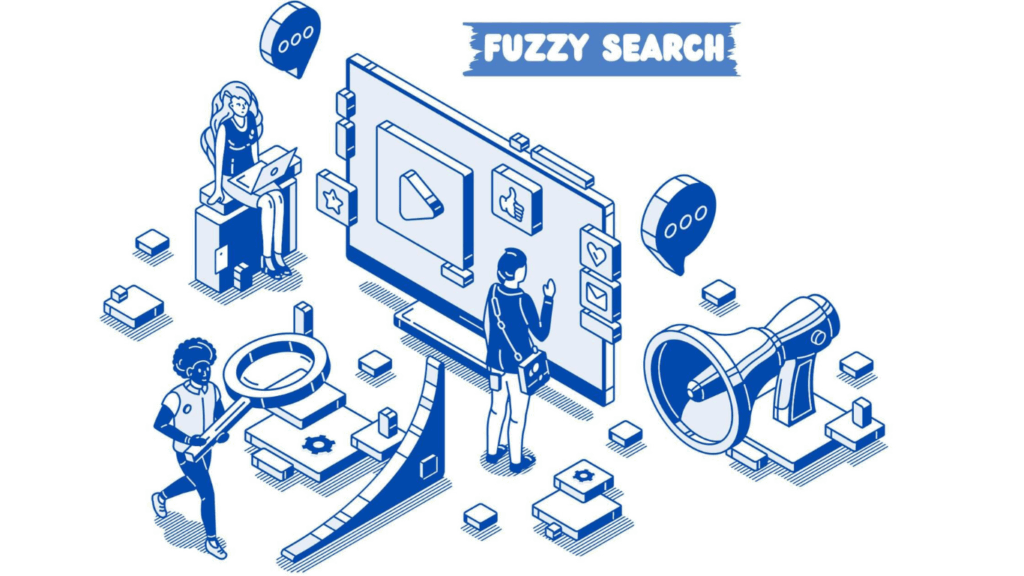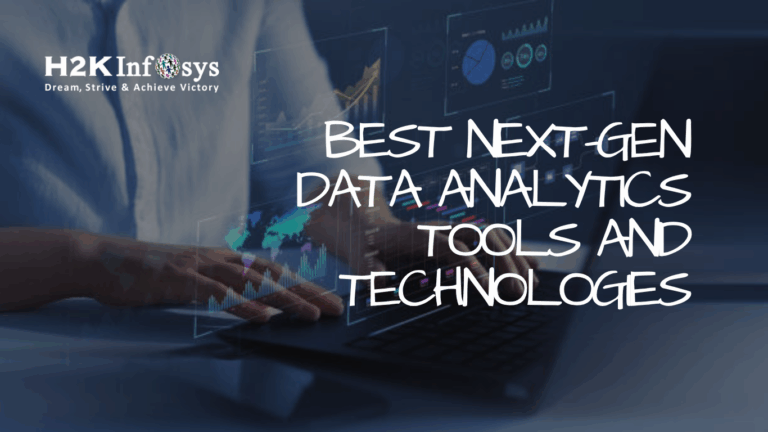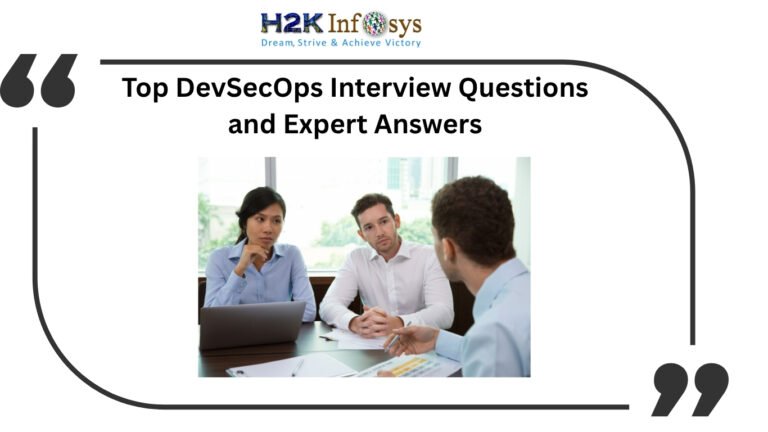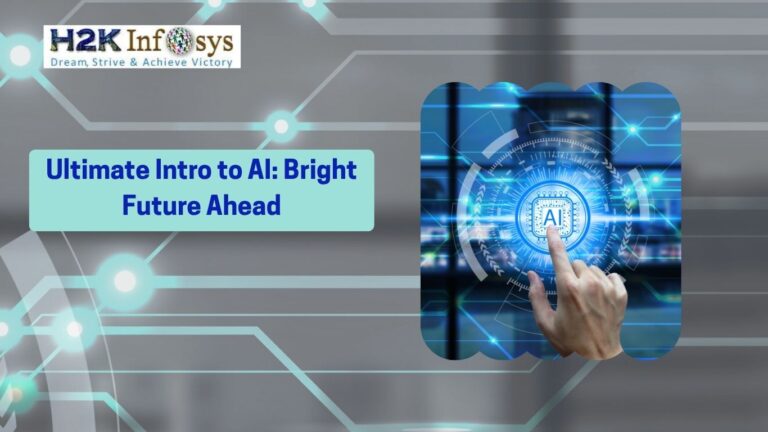The producers and consumers in an event-driven architecture are separated from one another, allowing the consumer to handle messages asynchronously. In an event-driven architecture Components of Event-Driven Architecture in .NET 7 Core , the producer, the message broker, and the consumer are typically included. Check out the online .NET course to learn more.
To describe an event, a publisher publishes or creates a message, transforms it into a message, and sends it to the event router for additional processing. There is a separation between the event producer and the event consumer (sometimes called the event subscriber).
An event broker serves as a middleman in the acquisition, archiving, and distribution of events to event consumers. A message broker must guarantee that events are preserved in the event of a system failure and be extremely scalable and dependable. Note that if you have one event producer connected directly to one event consumer (that is, if the event producer can send messages to the event consumer directly) then the event broker is not necessary.
Message brokers come in two flavours: log-based and store-backed. While the latter keeps the events in logs and continues to maintain them even after they are delivered, the former stores the events in a data store to serve one or more customers and then purges the events once they have been delivered.
After receiving the message from the event broker, the consumer processes the events asynchronously by taking the proper action. Stated differently, a user is notified when new events are created and can handle them asynchronously.
An event-driven architecture can scale effectively because it operates in an asynchronous and disconnected fashion. When an event happens, the producer sends out a notice, but it doesn’t care where the notification ends up being sent.
Rather, the task of distributing the events as needed falls to the event broker, which is another name for an event router. Sinks, or event consumers, begin processing events as soon as they come in. This enables asynchronous event processing across all services.
Event-Driven Architecture Patterns
Pub/sub and event streams are the two distinct architecture concepts used in event-driven systems.
Each customer receives messages in a subject in the exact same sequence as they were received when using a pub/sub model. This messaging paradigm allows asynchronous communication between disjointed system components by subscribing to event streams. An event notification is sent to every subscriber who has signed up for the event as soon as it is published. It should be mentioned that the event can be listened to by many event subscribers.
An asynchronous approach is used to process a series of events in an event streaming architecture. Publish events are written to a stream store, typically a log, rather than being sent to event subscribers. To find out if there are any new messages that may be handled, the event consumers examine the log or the stream store. Furthermore, event consumers can join and begin reading events from an event stream at any moment because the events are persistent.
Use Cases of Event-Driven Architecture in .NET
Here are some of the common use cases of event-driven architecture:
- Real-time monitoring systems
- Microservices
- Parallel processing
- Connecting IoT devices for data ingestion/analytics
- Payment processing
- Fraud detection
What’s an Event-Driven Application?
An application that uses events to determine its control flow is said to be event-driven. It’s an application with a decoupled architecture that can receive, process, and send events. An application in an event-driven architecture is typically a collection of many components that interact with one another through events. Messages transmitted between the application’s various components are called events. Events can be started by the user or by using webhooks to receive triggers from outside services.
Key Concepts: Publishers, Subscribers, Sources, and Sinks
Event-driven architecture-based systems react to events as they happen, as opposed to conventional designs which deal with data in batches that are added and changed at predetermined intervals and react to user-initiated queries. The fundamental building blocks of event-driven architecture are publishers, subscribers, sources, and event consumers (sinks).
The part in charge of gathering event data and putting it in a repository is called a publisher. It is the subscriber’s responsibility to use the event data and react to the occurrence. The component from which an event originates is called a source, and the locations to which event subscribers deliver data are called sinks.
How Do Event-Driven Applications Work?
Applications that are event-driven are controlled by events that determine how a program is executed. Events that call for program intervention might occur both inside and outside the program. Any occurrence that calls for an application response is considered an event. Events can be started by the application, a user, or another external system. Events could include anything from a new file being uploaded to the server to human input.
Events may also be produced by external systems, like a database server informing users when fresh data is accessible. When an event happens, the software searches for and runs an event handler, which is a section of code that knows how to react to the event. An event loop in an event-driven program is designed to listen for events and, upon detecting one, initiate a callback function.
Messages are published to a shared topic by event-driven programs, as opposed to being sent to a single queue. When an event happens, you can then notify one or more event subscribers. Applications that are driven by events make use of an event broker, who is in charge of transferring the events to their appropriate locations. Any middleware that handles sending events to every subscriber is known as an event broker.
Applications developed using an event-driven architecture communicate via a “push” model as opposed to a “pull” model. Instead of waiting for the recipient to make a request for information, the sender in this model pushes messages to them as needed. This method has the benefit of enabling information sharing among numerous processes without overwhelming any one of them with requests from its peers.
Conclusion
To learn more about Event-Driven Architecture in .NET 7 Core, check out the .NET online training.

